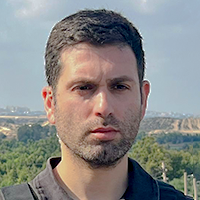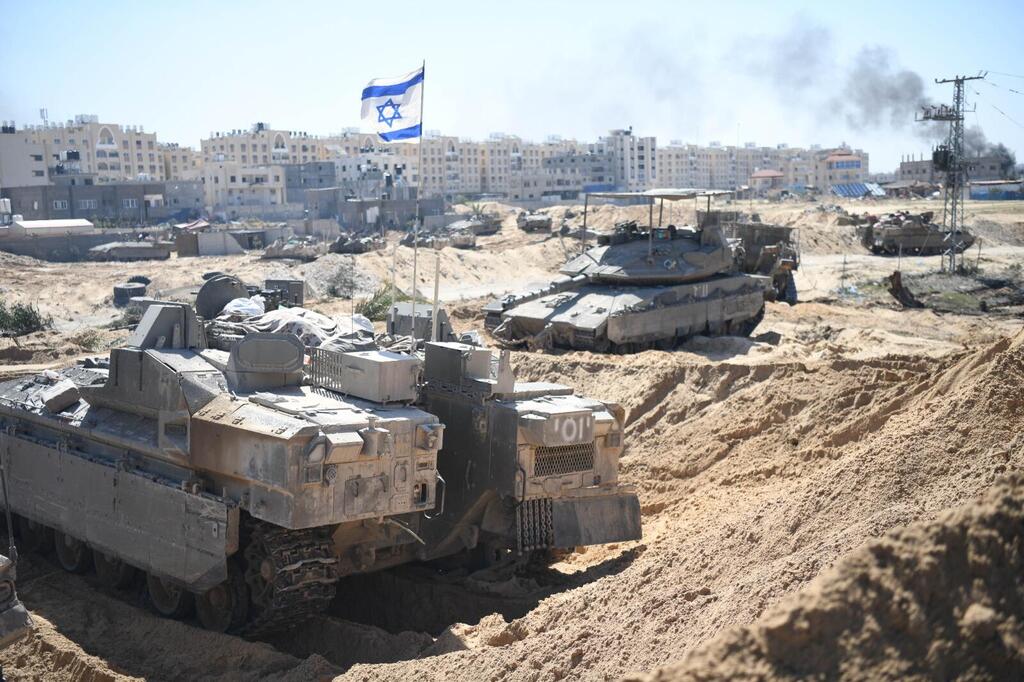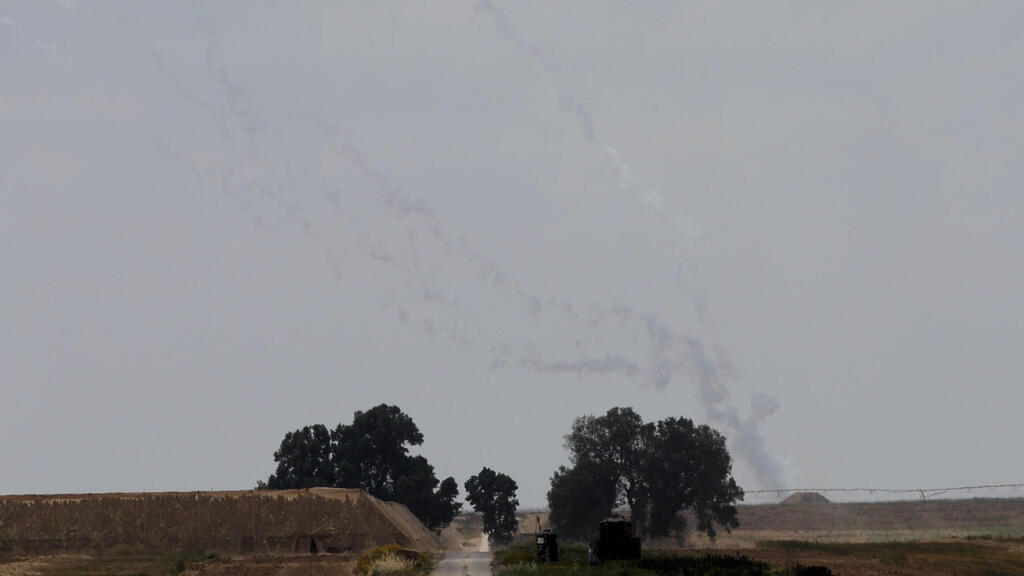Six months into the conflict, the Israel Defense Forces (IDF) began a substantial pullback of its remaining troops from the Gaza Strip in the early hours of Sunday morning. The 98th Division, previously stationed in the southern Khan Younis district, was among the units included in this strategic withdrawal.
Within hours of the IDF's pullback, just prior to 1 p.m, five rockets were launched from the Khan Younis region. The Iron Dome defense system responded, successfully intercepting two of the rockets. The Nahal Brigade is now the sole IDF unit in the strip, stationed at the Netzarim junction on the Gaza Strip's main north–south highway, a strategic point that divides the strip in two. From this location, targeted operations are conducted. Presently, the force consists of several hundred soldiers, a significant decrease from the peak deployment of 30,000 troops to 40,000 troops, equivalent to slightly over 20 brigades.
The latest withdrawal follows a significant reduction of forces implemented by the IDF in January, which saw the departure of the 36th Brigade, including the Golani Brigade, from the strip. This move signaled the shift toward a third, less intensive phase of combat, initially taking effect in northern Gaza, and subsequently in the south.
This third phase involves surgical and repeated raids, the most notable of which recently took place at the Al Shifa Hospital in Gaza City. The two-week-long operation resulted in the elimination of approximately 200 terrorists who had returned to the complex following the IDF's departure. Additionally, around 500 arrests were made, including several high-ranking commanders. Despite these tactical gains, the ongoing conflict continues to exact a heavy toll: three soldiers lost their lives in the Al Shifa battles, and it was announced this morning that four more soldiers were killed on Saturday in a clash with Hamas terrorists in northwestern Khan Younis.
On the southern front in Khan Younis, IDF forces have effectively ceased maneuvers into new territory for several weeks, focusing instead on repeated raids. These operations may continue even after the full withdrawal of forces. Meanwhile, the military awaits political directives regarding potential action in Rafah, the last significant stronghold of Hamas, which currently hosts four battalions of the terrorist army.
The IDF has indicated that the most effective strategy in the Strip involves the implementation of the offensive's third phase, characterized by focused and confined raids, as exemplified by the actions in Al Shifa. The military has recognized that its previous maneuver strategy has reached its limit. Therefore, future raids will be launched from outside the strip into Khan Younis, subsequent to the disbanding of the local Hamas brigade.
Over recent months, the 98th Division has been instrumental in eliminating thousands of terrorists in Khan Younis and destroying over 18.6 miles of tunnels, the majority of which were of strategic importance to the Hamas leadership. Activity in Khan Younis was conducted both above and below ground, initially involving 7 to 8 brigades. However, that number has been gradually reduced to a current strength of 3 to 4 brigades.
The military has expressed the capability and willingness to return to Khan Younis if deemed necessary. Preparations are underway for future operations targeting Hamas brigades in Rafah, adjacent to the Egyptian border, and also in Deir al-Balah, located in the heart of Gaza. The army has emphasized that it would be imprudent to maintain withdrawal routes and deploy forces in the south of the strip that could put them at risk. Rather, any future actions will be guided by intelligence.
Israeli forces suggest the withdrawal from Khan Younis will present new opportunities for operations and intelligence gathering. However, there will be no direct route for force entry into the city due to its extensive size. Southern Gaza is broader than the north, spanning roughly 8.7 miles to 10 miles from the border to the sea, compared to a span of 4.3miles to 5 miles in the northern strip.
IDF forces fighting in Khan Younis
(Video: IDF Spokesperson's Unit)
The IDF has made clear that its withdrawal from Khan Younis is not linked to any pressure from the United States. Another factor contributing to the decision to withdraw is the need to accommodate displaced individuals who may have to vacate Rafah in the event of a large-scale raid. The military has also clarified that the cessation of activities in the city will enable Khan Younis residents who fled to Rafah to return to their homes. In fact, images of residents returning to Khan Younis from Rafah were already being circulated by midday.







